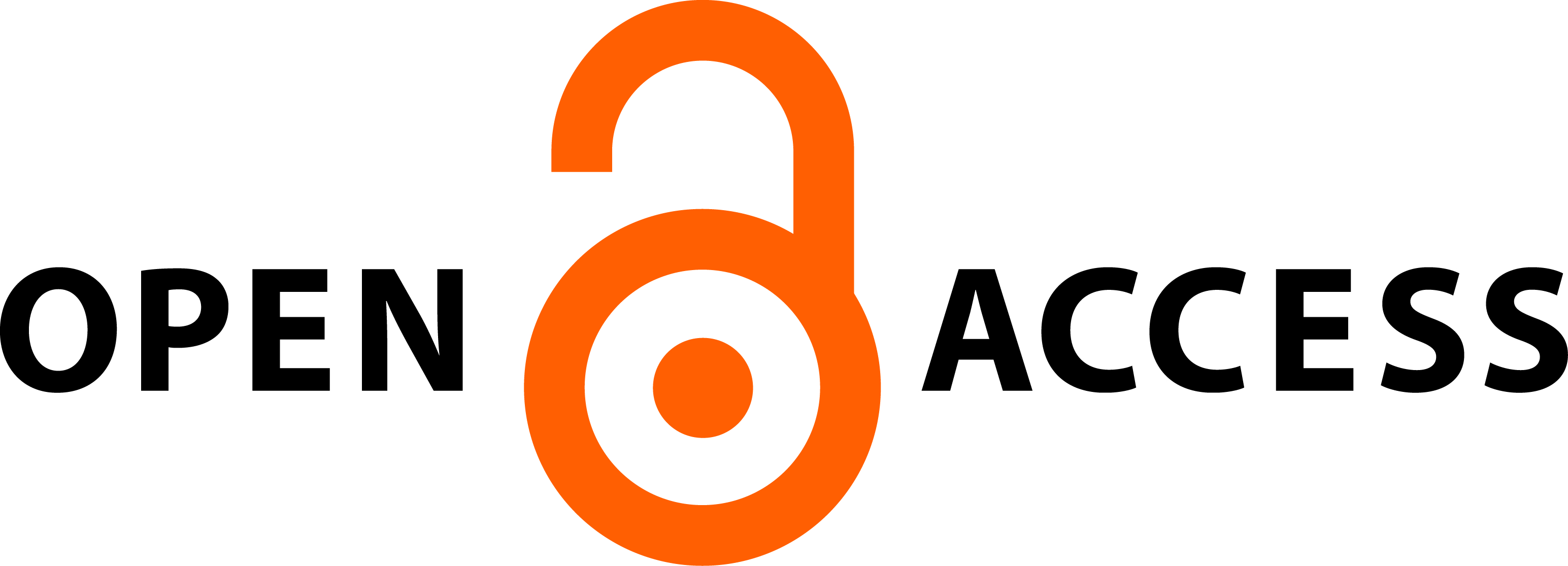A HYPERTEXT, AZ ONLINE KOMMUNIKÁCIÓS CSATORNÁK ÉS A DIGITÁLISMÉDIA-PLATFORMOK MINT AZ OKTATÁS ÚJ OTTHONAI
Absztrakt
A pedagógiában tapasztalt digitális fordulat alapja egyszerre egy kommunikációs és szövegcentrikus forradalom. Ez, az oktatásnak új otthont adó szöveg azonban már, mint látni fogjuk, az új, hálózati korszak törvényeinek engedelmeskedik, természeténél fogva konvergens, magába olvasztja a képet, mozgóképet és hangot, miközben nem csupán interaktivitásra, de együtt alkotásra is hívja a befogadót, akiből így tartalom-létrehozó, vagyis prosumer is válik. Az online kommunikációs és médiafolyamatok világunk alrendszereibe történő beépülésének hatására kezdték el az elektronikus tanulási környezet bevezetését és működtetését az oktatási intézmények. A digitális pedagógia a jelenben a felhőalapú, web 2.0-s online kommunikációs és médiaplatformokra, illetve mobilapplikációkra épül. Ezen platformok csoportosítására sokféle lehetőség kínálkozik. Egyaránt érvényes megközelítés az ingyenes vagy fizetős, illetve az egyéni vagy csoportos tanulás alapján való felosztás. Valamennyi lehetséges megközelítést mérlegelve végül úgy döntöttünk, hogy az általuk betöltött kommunikációs funkciók alapján csoportosítjuk és vizsgáljuk az alkalmazásokat, miközben kitérünk a hypertextualitásra épülő elemeikre is.
Hivatkozások
Barbier, Frédéric–Bertho-Lavenir, Catherine. 2004. A média története: Diderot-tól az internetig. Budapest: Osiris Kiadó.
Barthes, Roland. 1996. A szerző halála. In Uő: A szöveg öröme. Budapest: Osiris.
Beke Ottó. 2017. Írásbeliség, szóbeliség, digitális kultúra. In Újmédia, új-nyelv, újfilozófia, újirodalom(elmélet), újpedagógia?, szerk. Orbán Jolán. Pécs: Pécsi Tudományegyetem. 12-52. http://polc.ttk.pte.hu/tamop-4.1.2.b.2-13/1-2013- 0014/96/31_medialits_materialits_olvass.html#auto_top (2020. máj. 26.)
Eszenyi Réka. 2017. Új eszköz a nyelvtanításban: a számítógépes csevegés (chat): Miért és hogyan csevegjenek diákjaink a nyelvórán? Iskolakultúra 17 (1): 105–117.
Forgó Sándor. 2011. A kommunikációelmélet alapjai. Eszterházy Károly Főiskola, Eger. http://www.tankonyvtar.hu/en/tartalom/tamop425/0005_03_a_kommelmelet_alap- jai_scorm_07/38_a_virtulis_valsg_s_a_mestersges_intelligencia.html (2020. máj. 26.)
Greenfield, Susan. 2009. Identitás a XXI. században. Budapest: HVG.
György Péter. 1995. Szép új világkép. Filmvilág (3): 38–41.
Hartai László–Muhi Klára–Pápai Zsolt–Varró Attila–Vidovszky György szerk. 2002. Film- és médiafogalmak kisszótára. Budapest: Korona Kiadó.
Koltay Tibor. 2011. Kérdések és válaszok az írástudás új formáiról. Anyanyelv-pedagógia 4 (3) http://www.anyanyelv-pedagogia.hu/cikkek.php?Id=329 (2020. máj. 27.)
Komenczi Bertalan. 2014. Elektronikus tanulási környezetek sajátosságai: Elméleti megközelítések és modellek. In Tanulmányok a neveléstudomány köréből. 127–143. Budapest: MTA PTB.
Lawson, Tony–Comber, Chris–Gage, Jenny–Cullum‐Hanshaw, Adrian. 2010. Images of the future for education? Videoconferencing: a literature review. Technology, Pedagogy and Education 19 (3): 295–314. https://doi.org/10.1080/1475939X.2010.513761
Molnár György. 2012. A technológia és hálózat alapú tanulási formák és attitűdök az információs társadalomban, különös tekintettel a felsőoktatás bázisára. Információs Társadalom (3): 61–76.
Molnár György. 2014. Az újmédia digitális, időszerű, tartalmi kérdései. Oktatás– Informatika (2): 29–39.
Molnár György–Szűts Zoltán–Biró Kinga. 2018. Use of augmented reality in learning. Acta Polytechnica Hungarica 15 (5): 209–222.
Nádori Gergely–Prievara Tibor. 2018. 21. századi pedagógia. Budapest: Akadémiai Kiadó.
Rogin, Bernard. 2006. The educational uses of digital storytelling. In Society for Information Technology & Teacher Education International Conference. Association for the Advancement of Computing in Education (AACE). 709–716.
Steuer, Jonathan. 1992. Defining Virtual Reality: Dimensions Determining Telepresence. Journal of Communication 42 (4): 73–93.
Sugár János szerk. 1996a. HYPER TEXT + MULTI MÉDIA. Budapest: Artpool. https:// www.artpool.hu/hypermedia (2020. máj. 27.)
Sugár János. 1996b. A gondolkodás médiuma. In HYPER TEXT + MULTI MÉDIA, szerk. Sugár János. Budapest: Artpool. https://www.artpool.hu/hypermedia/medium. html (2020. máj. 27.)
Szűts Zoltán. 2009. Az új internetes kommunikációs formák mint a szöveg teste. Szépirodalmi Figyelő 8 (2): 38−51.
Szűts Zoltán. 2013. A világháló metaforái: Bevezetés az új média művészetébe. Budapest: Osiris Kiadó.
Szűts Zoltán. 2018. Online: Az internetes kommunikáció története, elmélete és jelenségei. Budapest: Wolters Kluwer.








